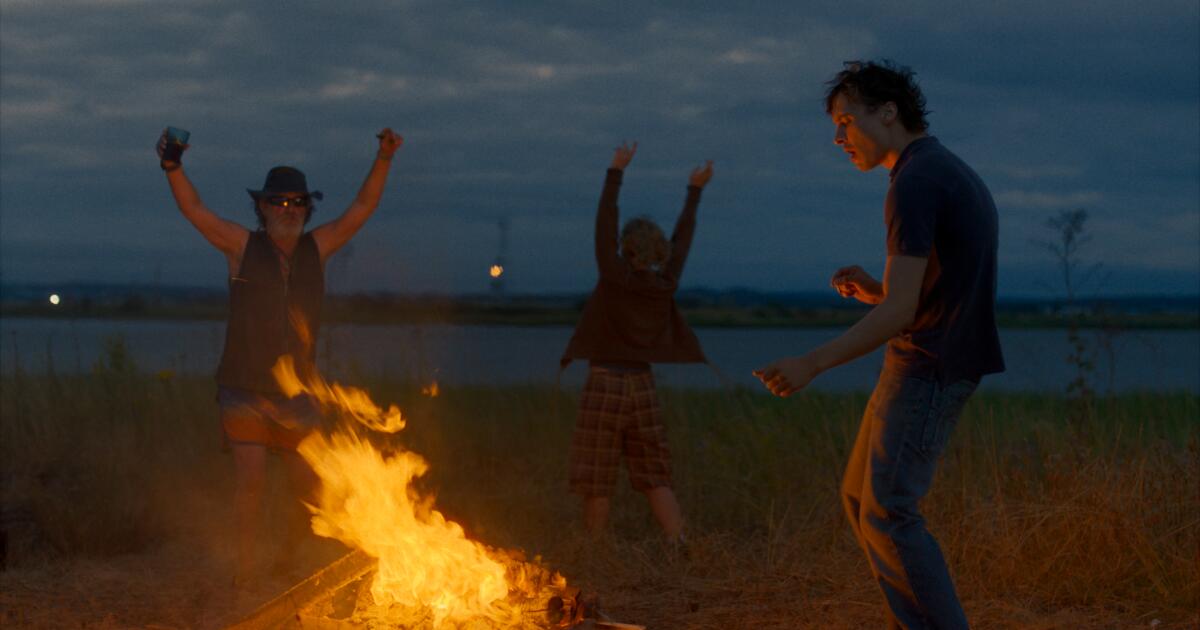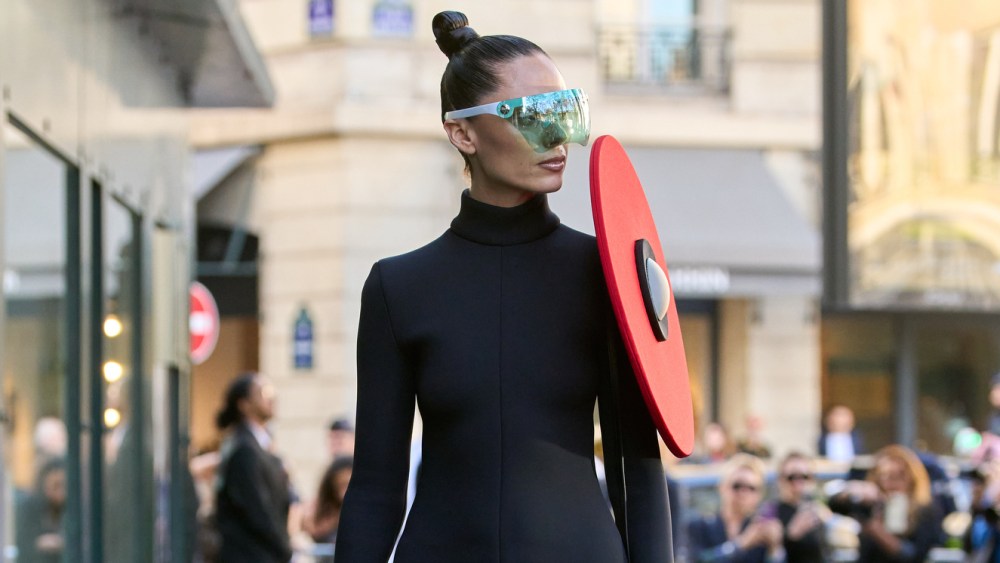 Alamy
AlamyBlackhouse thatched cottage in the Hebrides, Scotland
Many thatched cottages in the Hebrides are simple, single-storey structures called blackhouses or taigh-dubh (their name in Gaelic). The term blackhouse probably derives…

 Alamy
AlamyMany thatched cottages in the Hebrides are simple, single-storey structures called blackhouses or taigh-dubh (their name in Gaelic). The term blackhouse probably derives…

On the Shelf
Remain
By Nicholas Sparks with M. Night Shyamalan
Random House: 352 pages, $30
If you buy books linked on our site, The Times may earn a commission from Bookshop.org, whose fees support independent bookstores.
On the…

Harris Dickinson’s feature directorial debut, “Urchin,” introduces us from a distance to its subject in its opening shot. It’s a gray morning and Mike (Frank Dillane) is lying on the pavement of a busy, dirty London street, roused by the…

Taylor Swift has unlocked a…
Travis Kelce has spoken out about his father listening to Taylor Swift’s new song about his penis.
Last week, Swift’s new album, ‘The Life of a Showgirl’, was released, and it received more than 250 million global streams on Spotify within 24…

For more than three decades, Newfest, New York’s premier LGBTQ film festival, has featured and celebrated the year’s best queer films, with past years’ screenings including classics like “High Art” (1998), “Hedwig and the Angry…

Victoria Beckham‘s eponymous Netflix docuseries is streaming now, delivering a revealing portrait of the Spice Girl turned football WAG turned fashion mogul. The three-part series — directed by “Becoming” filmmaker Nadia Hallgren —…

After seeing Matthieu Blazy’s clever reboot of Chanel Monday night, one might have sat front row at the Pierre Cardin show wondering, what could be done to make this brand feel current?
The entire collection, designed by Cardin’s…